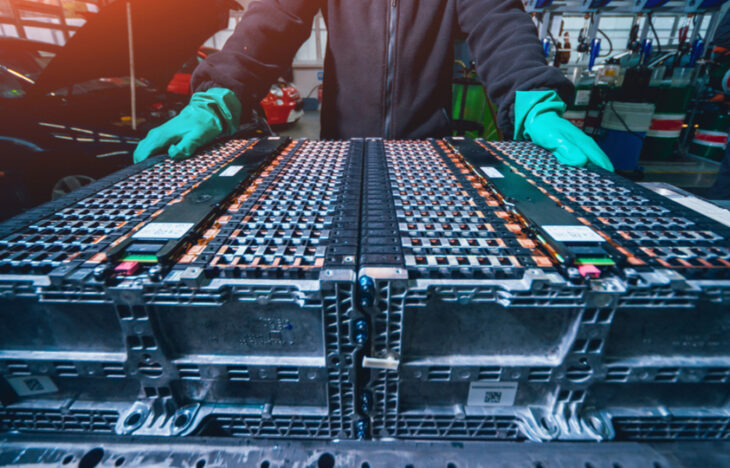A consortium of companies and institutions in the U.K. launched a major new multi-million-pound project to help design new light-weight battery casings for the next generation of electric cars and ultra low emissions vehicles (ULEVs). The members of the consortium include Constellium, Impression Technologies Ltd, BMW, Volvo, Innoval Technology, Brunel Centre for Advanced Solidification Technology (BCAST), Grainger & Worrall, and WMG University of Warwick. In addition, Innovate UK is providing £3.3 million in funding in support of the project.
The LIBERATE Project
The Lightweight Innovative Battery Enclosures using Recycled Aluminium Technologies (LIBERATE) project aims to use high-strength, low weight aluminum alloys to design a battery enclosure that is 30% lighter than current designs, while reducing material costs by up to 60%.
The selected aluminum alloys will combine strength, crash resistance, thermal management, and infinite recyclability with lower weight to make them an ideal selection for structural battery enclosures. Through the use of advanced processing and joining technologies, the new design will help lower part count and assembly time, improve tolerances and reduce battery costs — all of which will serve to make battery enclosure systems more viable for mass market vehicles in the future.
Among the advanced processes employed is the HFQ Technology, developed by Impression Technologies, which is a production method for stamping complex-shaped aluminum components from high-strength and ultra-high-strength alloy sheet. “HFQ technology enables OEM designers to incorporate complex geometries formed from high-strength aluminum sheet, thereby combining weight and cost reduction with package efficiency,” said Jonathan Watkins, CEO of Impression Technologies. “This project aims to exploit the part count reduction potential of HFQ to simplify the design and address joining, sealing, and assembly challenges.”
The HFQ process will be combined with extrusions and castings in order to form the new battery enclosure design, which will be able to incorporate thermal management systems to control the operating temperatures of the battery in order to reduce energy losses. The design will also provide an opportunity to introduce new standards of safety, crash management, and energy efficiency. Furthermore, using an aluminum architecture to reduce the battery enclosure weight increases the power density of the overall battery system, as the lighter the enclosure is, the larger the battery itself can be.
The test battery enclosure and full-scale demonstrators designed by the consortium over the two-year project will ultimately be used in cars manufactured by BWM and Volvo.
Another longer term intention of the LIBERATE project is to establish a U.K.-based manufacturing facility for world leading, cost efficient aluminum battery enclosures based on the intensive use of fully recyclable aluminum alloys, providing an on-shore resource for ULEV component manufacture.

